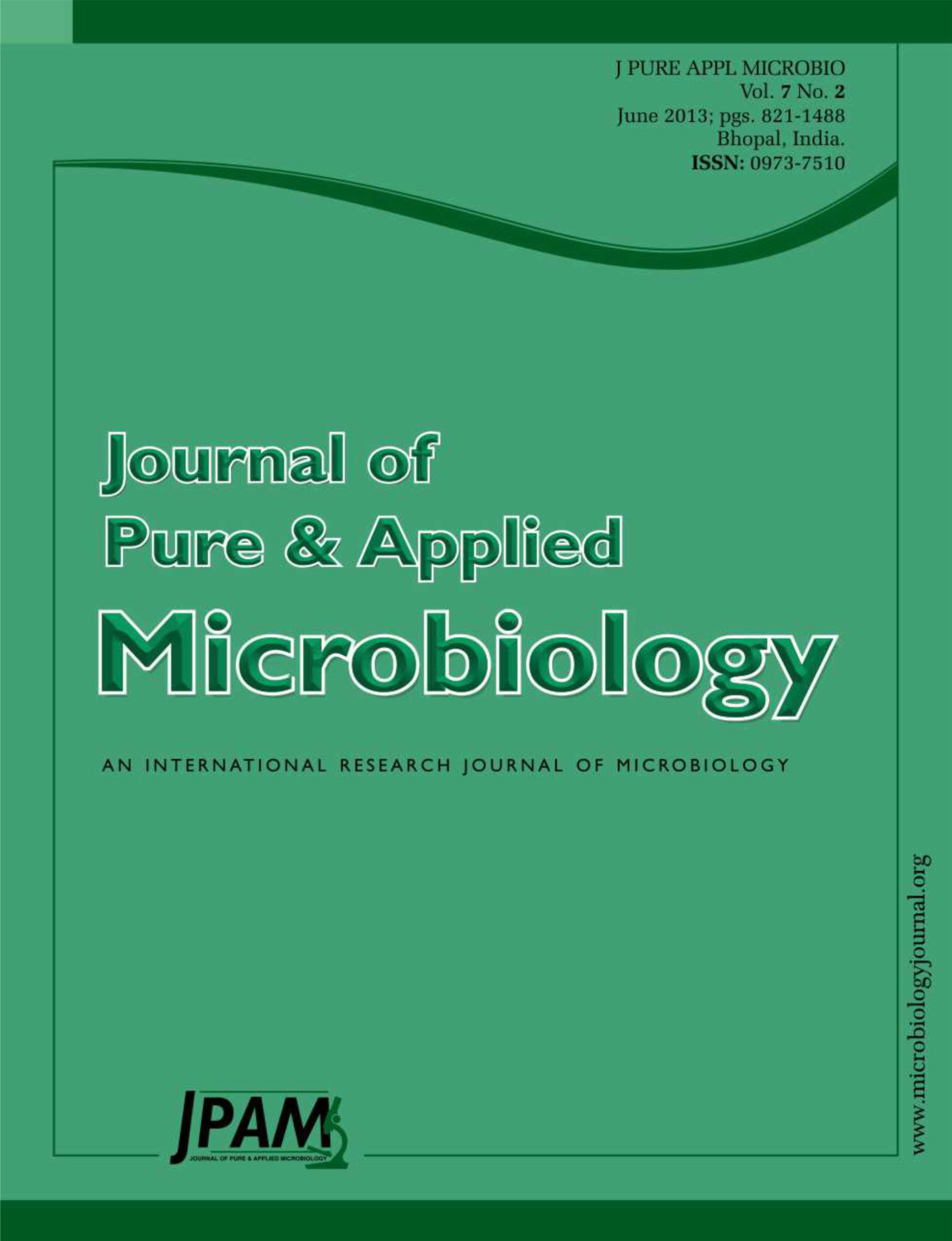The main objective of the present study is to optimize the cultural conditions for maximum production of L-Asparaginase from isolated actinomycetes, under solid state fermentation using sesame (black) oil cake (SOC). To determine the effect of five selected process variables (Temperature, pH, Moisture content, Particle size and Inoculum volume) on the production of L-Asparaginase, a central composite design (CCD) coupled with a surface response analysis was used. Empirical quadratic equations were fitted to the experimental data relevant to the yields of L-Asparaginase with five chosen variables. The application of these optimal conditions allowed an increment of 1.81 times in the final L-Asparaginase activity compared with the non-optimized conditions. The combination of conventional method with CCD was effective and reliable in selecting the statistically significant factors and determining the optimal levels of those factors in fermentation medium. The observations made in this study hold great promise for the maximum production of L-Asparaginase using a cheap raw material in SSF by a novel isolate. This work also demonstrates the usefulness of CCD for determining the optimum conditions for the maximum production of L-Asparaginase. To the best of our knowledge, this is the first report on production of L-Asparaginase from Micrococcus luteus.
L-Asparaginase, Micrococcus luteus, Sesame (black) oil cake, Solid state fermentation, Central composite design
© The Author(s) 2014. Open Access. This article is distributed under the terms of the Creative Commons Attribution 4.0 International License which permits unrestricted use, sharing, distribution, and reproduction in any medium, provided you give appropriate credit to the original author(s) and the source, provide a link to the Creative Commons license, and indicate if changes were made.


